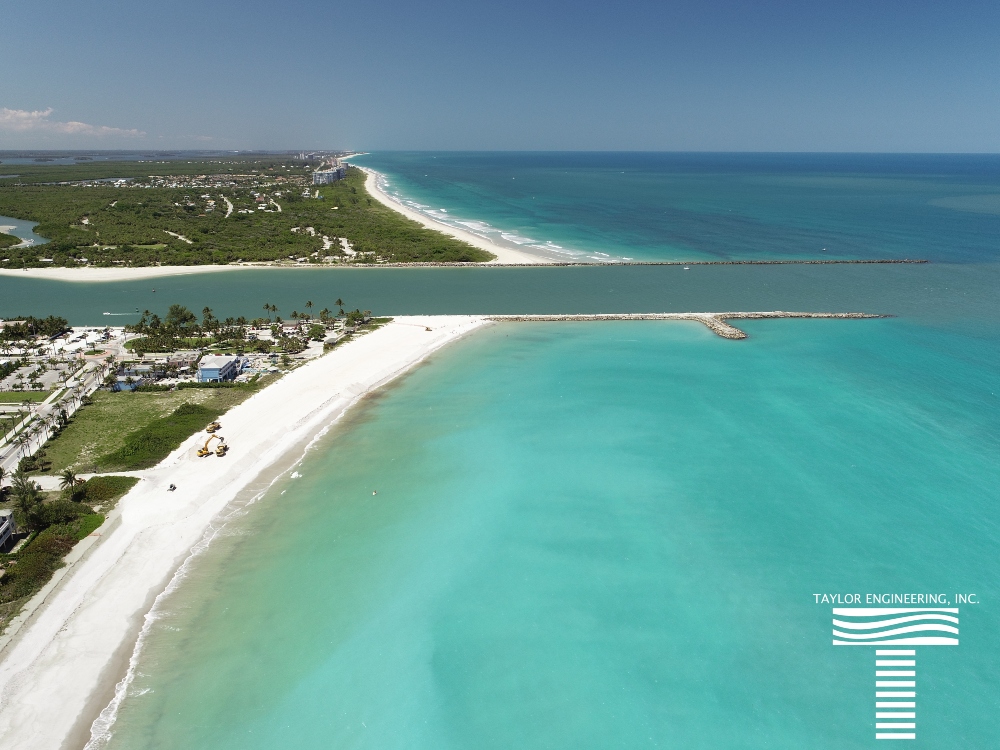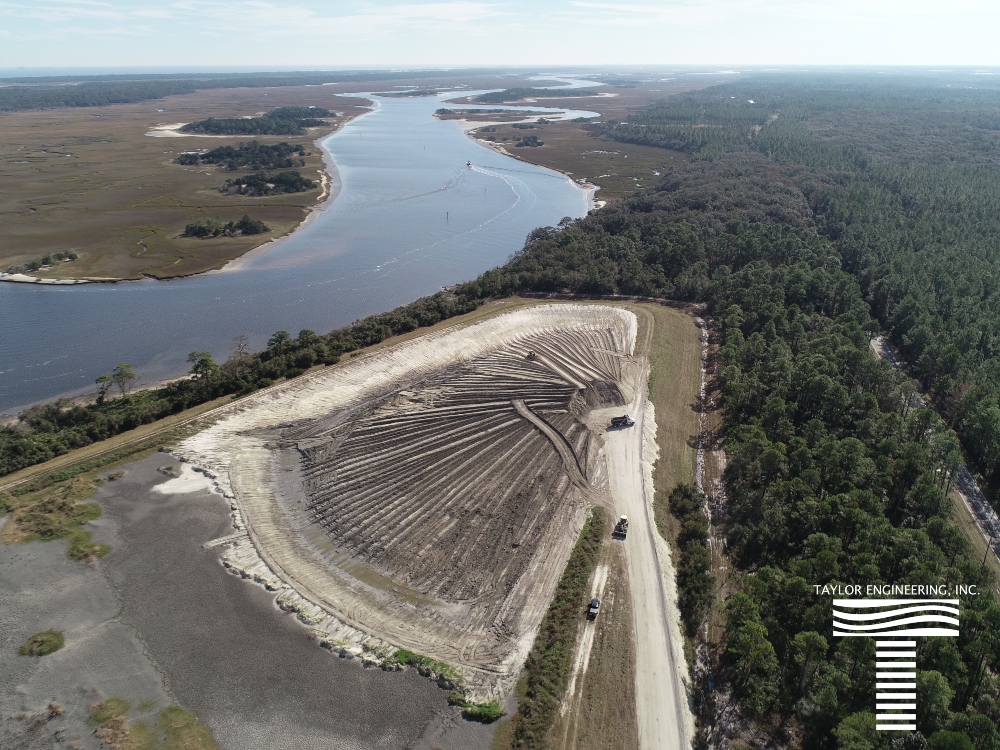Drones in Civil Engineering: How Drones Help Taylor Engineering Protect and Preserve Coastal Areas
BY Zacc Dukowitz
18 June 2020By now, most of us are already familiar with the ways that drones are supporting commercial operations in major industries like construction, agriculture, or inspections.
But as drones become mainstream, the number of use cases is skyrocketing, as are the instances of drones being used for good.
This week we learned about the drone program at Taylor Engineering, Inc., a civil engineering firm based in Jacksonville, Florida that does work throughout the East Coast, among other locations.
[Related reading: Drones Help Clean Up Plastic-Polluted Rivers]
The focus of the firm’s work is on civil engineering projects related to the water environment. Some of the most common types of projects they do are coastal restoration, coastal protection, flood management, water risk management, and dredging.
We wanted to learn more about how the firm uses drones in its work so we spoke with William Warren, Staff Geologist and Remote Sensing Practice Area Leader at Taylor Engineering. William is also the founder of the firm’s drone program and the first Part 107-certified pilot on its payroll.
When did you start your drone program?
We started our drone program in 2017.
That year we purchased our first Phantom 4 Pro, which we used to monitor progress on a big dredging and restoration project [this project is covered in the first case study below].
The results of that first effort with the drone were so impressive that they served as a solid proof of concept internally, and the drone program really took off after that.
In 2018, we established a Remote Sensing Practice Area where we conduct training for our remote pilots.
Since then, we’ve gone from just me holding a Part 107 certificate within the firm to now having eight FAA certified pilots on our team.
How do you use drones in your civil engineering work?
We use drones for four major purposes:
- Progress and monitoring. Using still images and orthomosaics to show progress and monitor the construction site, both internally and for client updates.
- Site mapping. Creating orthomosaic maps of the site.
- Topographic maps and stockpile volumetry. Tracking changes in elevation or changes to stockpiles of materials, such as sand, using set ground control points (GCPs).
- Marketing. Showcasing our work using aerial images, both to provide vivid before-and-after examples and for single shots to demonstrate the end results of our work.
These four uses represent a significant evolution from when we first incorporated drones into our work.
In the early days of our drone program, we really just used drones to monitor progress on our construction projects. If the project is big—and most of them are, with what we do—then aerial shots can really help show change over time.
As our drone program evolved, we went from collecting still images to collecting orthomosaic images for project monitoring, and then to using ground points for the creation of topographic maps and stockpile volumetry.
What kinds of drones do you currently have in your fleet?
All of our drones are versions of the DJI Phantom 4 Pro.
We have two Phantom 4 Pros, a Phantom 4 Pro V2, and a Phantom 4 Pro RTK.
Civil Engineering Case Studies from Taylor Engineering
Here are three short case studies showcasing the ways that William and his team at Taylor Engineering use drones in their work.
1. Norriego Point Restoration Project
The goal of this project was to restore Norriego Point in Destin, Florida using material dredged from the adjacent navigation channels. The project resulted in restored channels for safer navigation and provided added storm protection for Destin Harbor.
The client for the project was the Florida Department of Environmental Protection.
How Drones Helped
Using a Phantom 4 Pro, images were taken throughout the project to show how both the dredging and the beneficial use of sediment were progressing.
Check out the before and after images shown below, documenting the restored footprint of Norriego Point along with the dredging progress seen in the water’s shifting coloration, from a light to a much darker color.

Before restoration and dredging

After restoration and dredging
2. Fort Pierce Truck Haul Shore Protection Project
The goal of this project was to protect the shoreline in Fort Pierce, Florida. Civil engineers from Taylor Engineering designed a beach fill template that provided a specific elevation requirement for the beach berm. Sand from an upland mine was used to construct the beach meeting design requirements.
The client for the project was the St. Lucie County Erosion District.
How Drones Helped
Drones helped by providing progress aerials that were used both internally and provided to the client as updates. These aerials were also used for marketing materials.
Another output created from drone data on this project was a topographic map, which was used to compare the actual beach elevation with the project design specifications in order to ensure that the elevation requirements for the project were met.

An aerial shot showing progress on the Fort Pierce Shore Protection Project

An elevation map of the Fort Pierce Shore Protection Project
3. DU-2 Offloading Project
The goal of this project was to monitor the offloading of dredged sediments from a dredge material management area in Duval County, Florida. Dredging had already been completed, and a contractor wanted to use the resulting material. Taylor Engineering’s job was to collect topographic data in order to monitor the quantity of material removed and to document site conditions for the client.
The client for the project was the Florida Inland Navigation District.
How Drones Helped
Drones helped monitor the contractor’s offloading progress and also to document pre- and post-offloading site conditions.
Aerial images were also used to create orthomosaics with GCPs to monitor the volume of material removed from the site.
Both the oblique images and the orthomosaics were used internally, to track the project, and for the client, to provide them with clear updates on how things were progressing.

Aerial shot of the DU-2 Offloading site
Do you know of any other civil engineering use cases for drones? Chime in here on this thread in the UAV Coach community forum.


